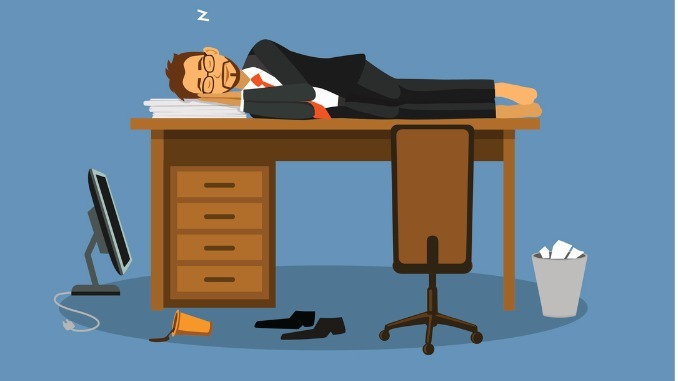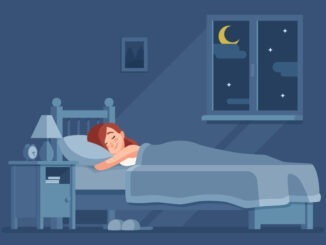
The concept of allowing employees to catch some shut-eye during office hours might seem counterintuitive, if not downright strange.. However, recent studies shed light on the profound impact that quality sleep can have on job performance
CREDIT: This is an edited version of an article that originally appeared on Business News Daily
According to the Sleep Foundation, well-rested employees demonstrate enhanced focus, attention, and vigilance, along with fewer errors and quicker reaction times. Moreover, a well-rested workforce exhibits lower levels of stress and reduced long-term risks of anxiety and depression, factors crucial for sustained productivity and overall well-being.
Improving emotional regulation
Research conducted by the University of Michigan suggests that strategic napping can serve as a potent tool for bolstering emotional resilience and workplace productivity. By providing employees with designated nap spaces or extending break times, employers can mitigate impulsive behaviour and enhance tolerance for frustration.
Disciplinary decisions
While the idea of employees dozing off at their desks may prompt concerns about productivity and professionalism, punitive measures for on-the-job napping may not always be the most effective approach. Determining when to discipline employees for sleeping at work requires careful consideration of various factors, including the nature of their tasks and the impact of their sleep behaviour on job performance. While instances of sleeping during critical meetings or while operating machinery may warrant intervention, employers should adopt a nuanced approach and explore alternative solutions for addressing fatigue-related issues, particularly for employees with underlying sleep disorders covered under the Americans with Disabilities Act (ADA).
The rise of remote work
The shift to remote work arrangements in recent years has brought about significant changes in sleep patterns among employees. With no need for early morning commutes, remote workers often enjoy later wake times and longer sleep durations. Studies have shown sustained alterations in sleep habits even as remote work becomes more commonplace, highlighting the need for employers to adapt policies and practices to accommodate evolving work-life dynamics.
Crafting company policies
As employers navigate the complexities of sleep-related issues in the workplace, developing clear and equitable policies is essential. Establishing guidelines for permissible nap durations and identifying suitable break times can help maintain productivity while prioritising employee well-being. Additionally, leveraging employee monitoring software and fostering open communication channels can facilitate constructive dialogue around sleep-related concerns and support the implementation of effective policy frameworks tailored to the needs of the workforce.
Who would have thought that strategic napping could be the secret for success? But hey, the evidence is in, and it’s time to embrace the power of the power nap. So, will you ditch the “no napping at work” stigma and dive headfirst into a world where productivity meets pillow-time? After all, in the land of strategic napping, everyone’s a winner – especially when it comes to getting some quality shut-eye and crushing those productivity goals!



Be the first to comment